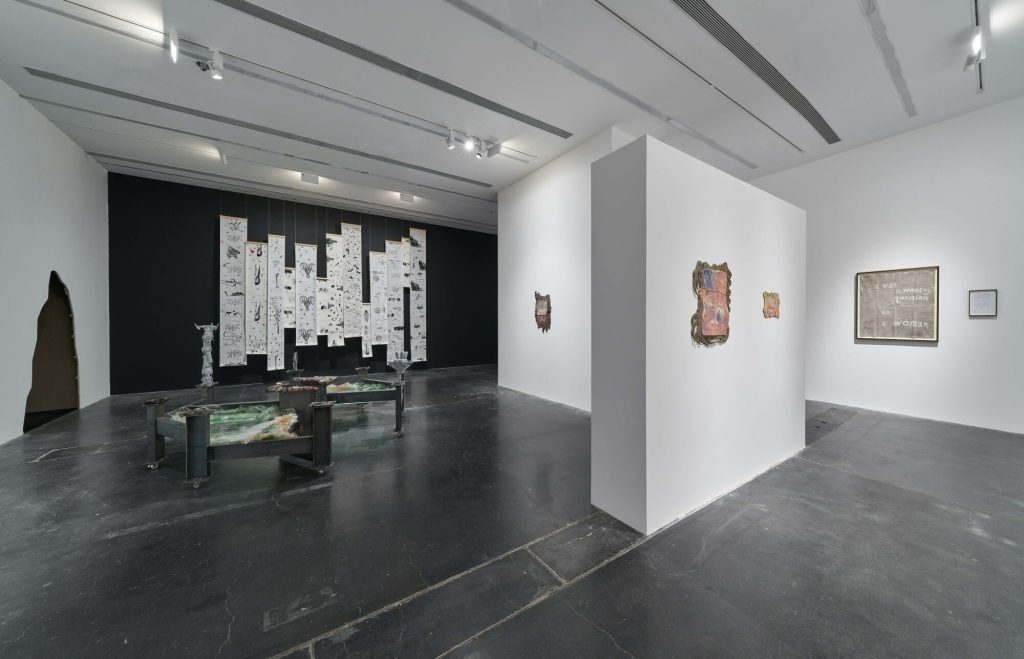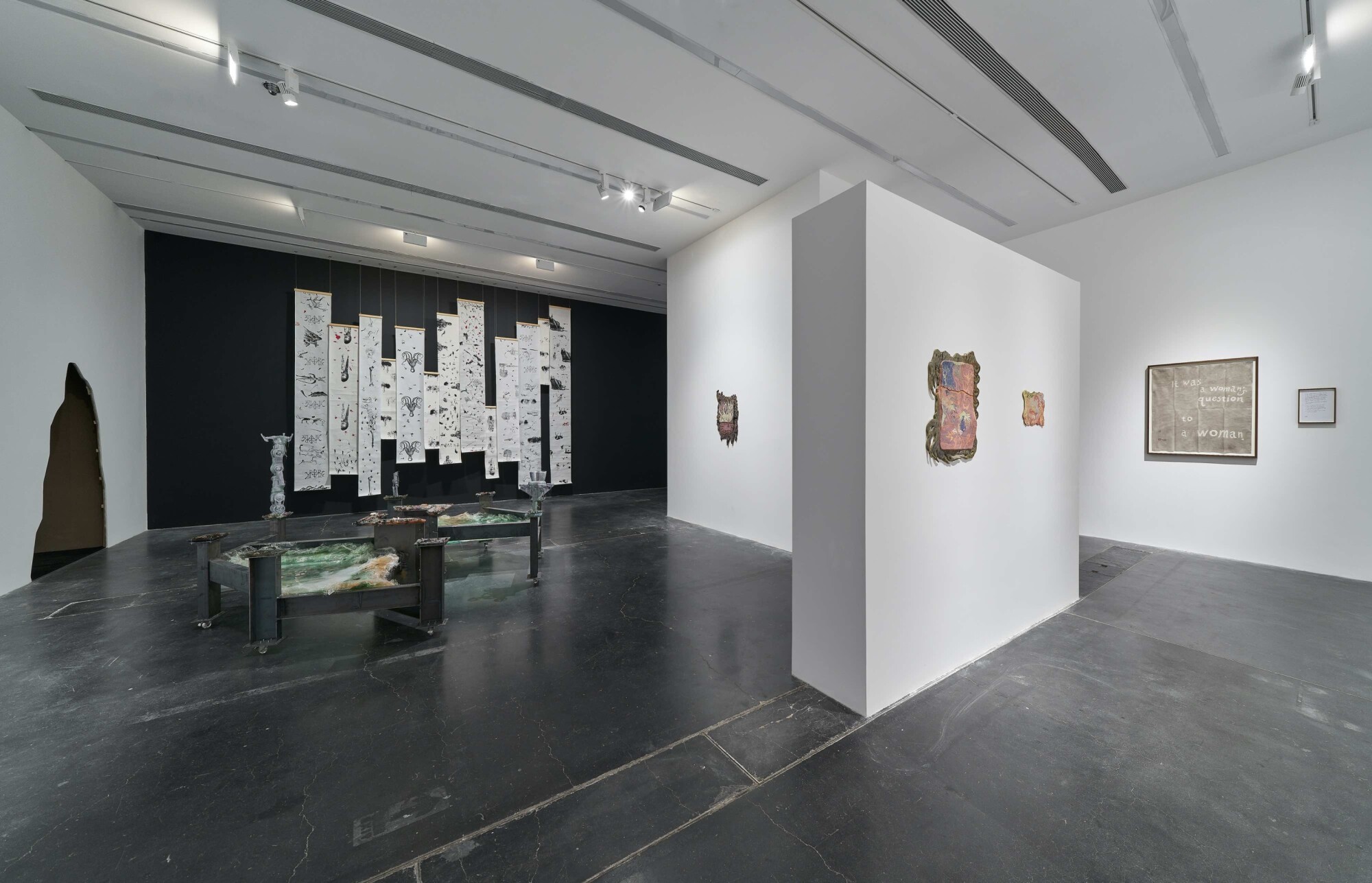
DACA Recipient Artists Share Personal Stories Amid Uncertainty Surrounding Program’s Future

**The Uncertain Path of DACA Artists: Navigating Identity, Art, and Migration**
The Deferred Action for Childhood Arrivals (DACA) program, implemented during the Obama administration, has provided a lifeline for over half a million young undocumented immigrants in the United States since it was introduced in 2012. Its recipients, often referred to as “Dreamers,” arrived in the U.S. as children and, through the program, have been able to delay deportation while receiving work permits. However, the ongoing legal battles surrounding DACA have resulted in an uncertain future for Dreamers, restricting their movement and exposing their lives to constant anxiety. Among this group are artists, whose expressions serve not only as creative outlets but also as reflections of their precarious lived experiences.
### The In-Between Life of DACA Recipients
For many DACA artists, the program represents both an opportunity and a set of limitations. Miguel Martinez, a painter and adjunct faculty member in New York City, is one such artist. Originally from Guanajuato, Mexico, Martinez was only nine years old when he left his homeland. Over two decades later, DACA enabled him to obtain an education, pursue art professionally, and contribute to the art community in New York, where he rose to prominence after completing his MFA at Hunter College. Nevertheless, Martinez’s immigration status remains a source of stress and uncertainty. Despite receiving temporary deportation relief through DACA, recipients like Martinez face strict limitations, such as needing advance parole to travel abroad.
Martinez’s story is common among DACA recipients: his ability to travel outside the U.S. is restricted to extraordinary circumstances, such as family emergencies or work-related activities, for which he must apply for special permission. When a family member passed away in Mexico, Martinez applied for advance parole to attend the funeral. Although he was permitted to leave and return, the process highlighted how the privilege was granted precariously. “It shouldn’t take someone dying for me to be able to go to Mexico,” Martinez told *Hyperallergic*. These limitations weigh heavily on his decision to potentially leave the U.S. permanently to settle in Mexico City.
Artists like Martinez exist in a form of legal limbo, navigating their lives between opportunities and barriers. Without a clear path to permanent residency or citizenship, many contemplate “self-deportation,” which would make them ineligible to return to the U.S. for a decade. For Martinez, the draw to return to Mexico is shaped by both the practical and emotional realization that “it’s going to be hard financially anywhere as an artist, so why would I not just be at a place where I can not worry about these legalities?”
### Torn Between Countries and Identities
Painter Francisco Donoso shares Martinez’s story of transnational belonging. Born in Ecuador but raised in Miami, Donoso developed his artistic talents in the U.S., working at prestigious institutions like the Museum of Modern Art and the Queens Museum in New York. While his success in the art world is commendable, Donoso, too, is boxed in by the restraints of DACA. He described the program as a “purgatory,” noting that even after accomplishing feats many artists aspire to, the label of “undocumented” hangs over him, keeping him at a strained distance from legal security.
Marriage offers a path to permanent status for some DACA recipients; in fact, Donoso plans to marry his Swiss partner. However, the decision to rely on marriage for status sits uneasily with many, as it forces deeply personal choices into the spotlight of immigration policy. What should be steps toward personal fulfillment become tangled with legal obligations, blurring the distinction between legal necessity and personal autonomy.
This complex interplay between identity and legality is manifested in Donoso’s art. As he contemplates moving to Switzerland, his work has increasingly focused on the theme of undocumentedness. His series *Not Valid For Re-Entry To The U.S.* directly addresses the looming fear of reentry restrictions. Whether through visuals or themes, many DACA artists are using their platforms to conflate their deeply personal experiences with the larger structures shaping their lives.
### Art as Resistance and Reflection
For other artists, DACA allows not only an opportunity to build a life in the U.S., but also a framework to respond artistically to the constraints placed upon undocumented communities. Filmmaker Martha Osornio Ruiz, who entered the U.S. as a child through the southern border, echoed this sentiment by highlighting how DACA was a game-changer in her life. “It was just this grief and burden,” Osornio Ruiz recounted, describing her pre-DACA existence. Approved for the program in 2013, she was finally able to enroll in college and shape her career in film.
Her work often recreates pivotal moments in her life, such as when her family crossed the U.S. border, and serves as an artistic testament to her experience. Osornio